How to prepare the lawn for snow
Six quick steps to keep problems like snow mold in check
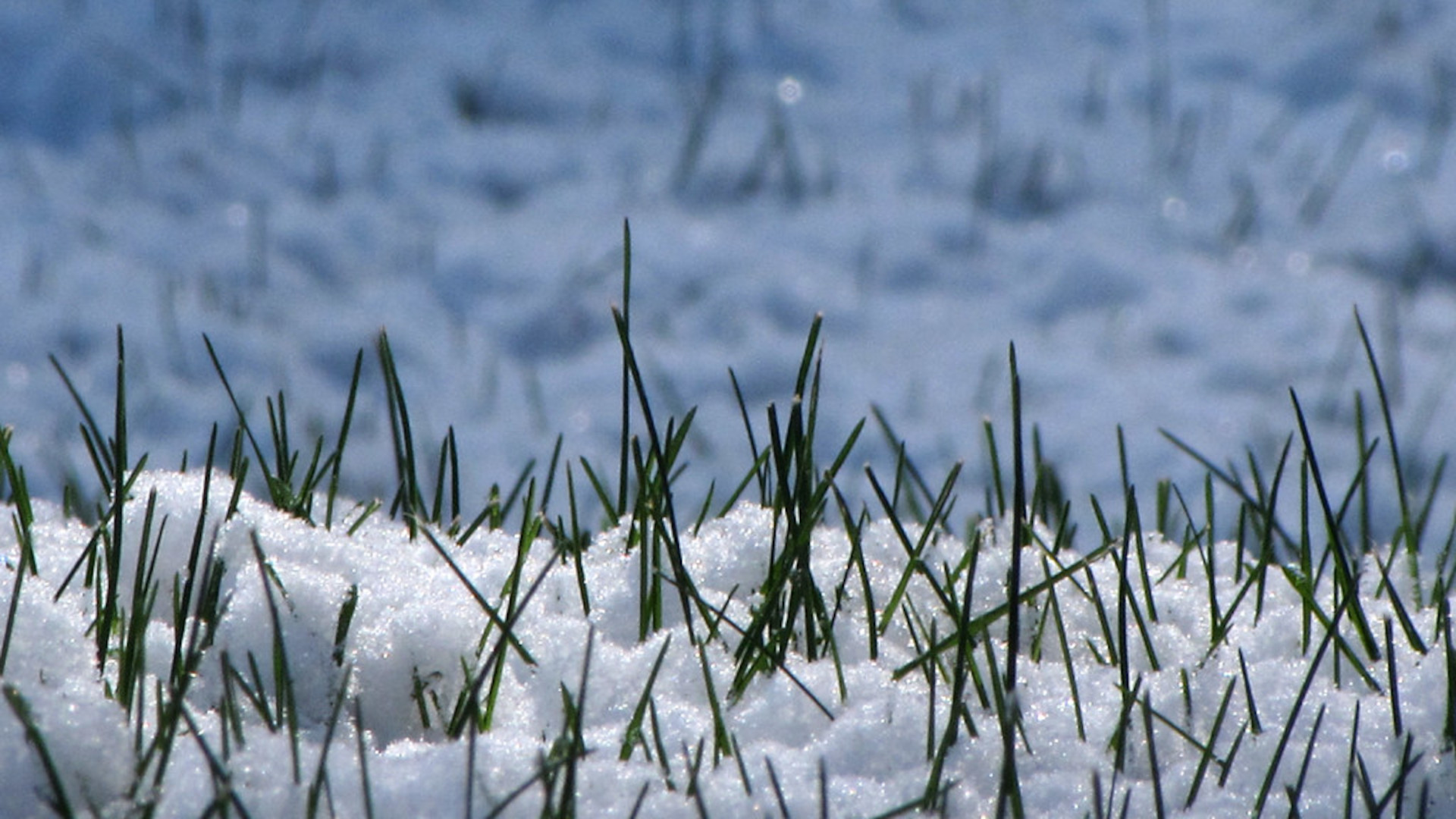
If you’re reading this article, we’ll bet snowy weather has been forecast to arrive in your area – and you’re starting to think about what that means for your lawn.
Snow can be either a friend or a foe to lawn grasses – an insulator of plants or an incubator of disease. It all comes down to how you prepare the lawn ahead of heavy snowfall.
Getting a lawn ready for snowy weather is quick, simple, and pretty much guaranteed to benefit the condition of your lawn. Putting in a few hours of yard work today could save you a lot of lawn repair efforts in the seasons ahead. By summer, your lawn should be looking its best, ready for you to whip out one of the best lawn mowers on a sunny day.
You may have already taken some steps to keep your lawn healthy over the winter, but there are a few extra measures we can recommend if snow is on the horizon. And for more guidance, we've got expert advice on when you should stop mowing your lawn before winter.
- Lawnmower
- Aerator
- Winter fertilizer, e.g. Winterizer Lawn Fertilizer 31-0-10 Formula ($32.62, Amazon)
- Grass seed, e.g. Jonathan Green Fast Grow Cold Season Grass Seed (from $11.99, Amazon)
In this article, we’ll set out six steps you can take to get your lawn ready for snow. And to add some specialist lawncare expertise to the guide, we’ve rolled out the green carpet to Martin Stewart, a National Trainer at toolmaker Ryobi, who will provide advice along the way.
As Martin says, “Preparing your lawn for snow is essential to help it withstand winter conditions and promote healthy growth in the spring.”
So, put on a warm coat and your best boots, and let’s start the preparations.
Sign up to receive the latest news, reviews, buying guides and deals direct to your inbox

Martin Stewart is a National Trainer and FME Supervisor at Techtronic Industries (TTI), the parent company of Ryobi, the leading tool manufacturer. Ryobi makes a wide-range of lawncare products, ranging from lawnmowers and aerators to seed spreaders.
Quick steps: How to prepare the lawn for snow
- Mow the lawn (if the grass is long)
- Remove objects such as toys and natural detritus
- Aerate the soil using a tool such as a garden fork
- Apply fertilizer to the soil
- Consider overseeding the lawn, especially if there are bare patches
- Avoid shoveling snow onto the lawn
Step by step guide: How to prepare the lawn for winter
1. Consider mowing one last time
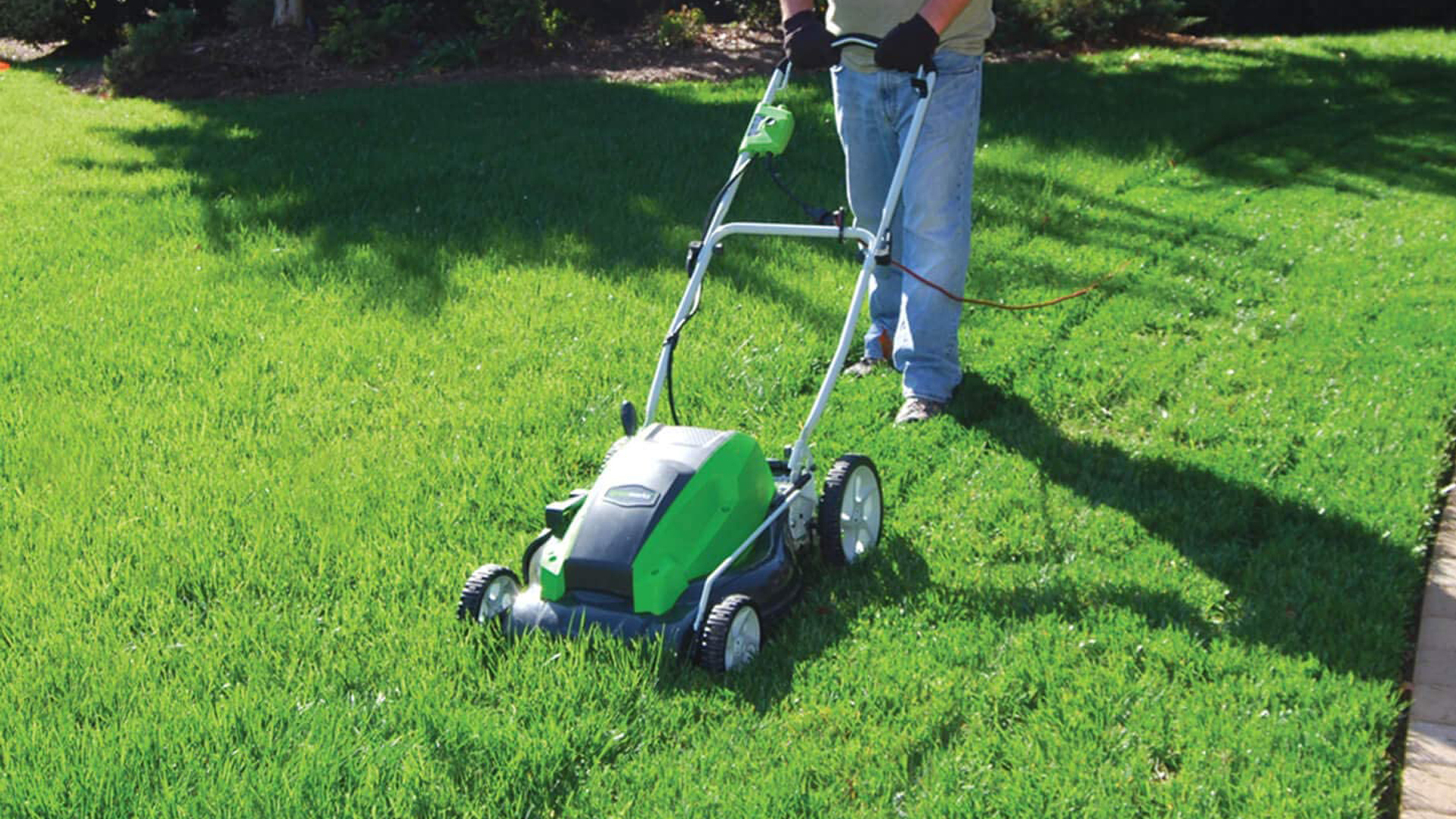
If snow is forecast, and the lawn is not frosty yet, consider giving the grass one final mow before the first snowfall.
“Cut the grass slightly shorter than usual, but don’t ‘scalp’ or ‘buzzcut’ it,” says Ryobi's Martin Stewart.
“Doing so helps prevent snow mold and other fungal diseases.”
This advice is most relevant to folks whose lawns are currently quite long, as longer grass has a heightened susceptibility to snow-related disease.
If your lawn’s grass is already short, then it probably won't require cutting before the snow arrives.
2. Remove objects and natural debris
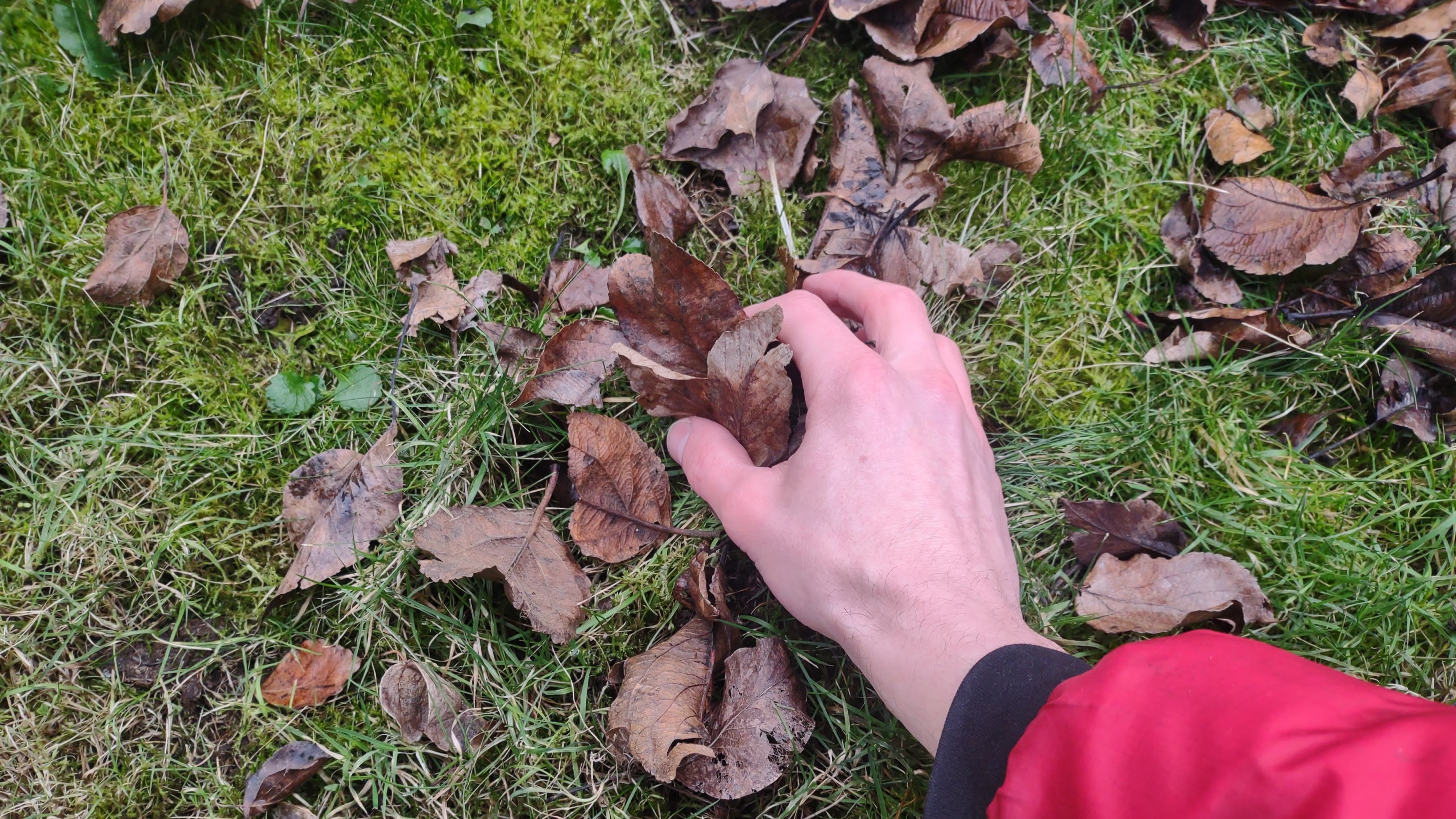
When objects are left between your lawn and a layer of snow, this can result in a patchy appearance after the snow melts away.
“Debris such as leaves, branches, or toys can create an uneven surface under the snow and lead to dead spots in the grass,” Martin notes.
So, remove any manmade or natural objects that you can from your lawn, before a heavy snowfall.
3. Aerate the soil
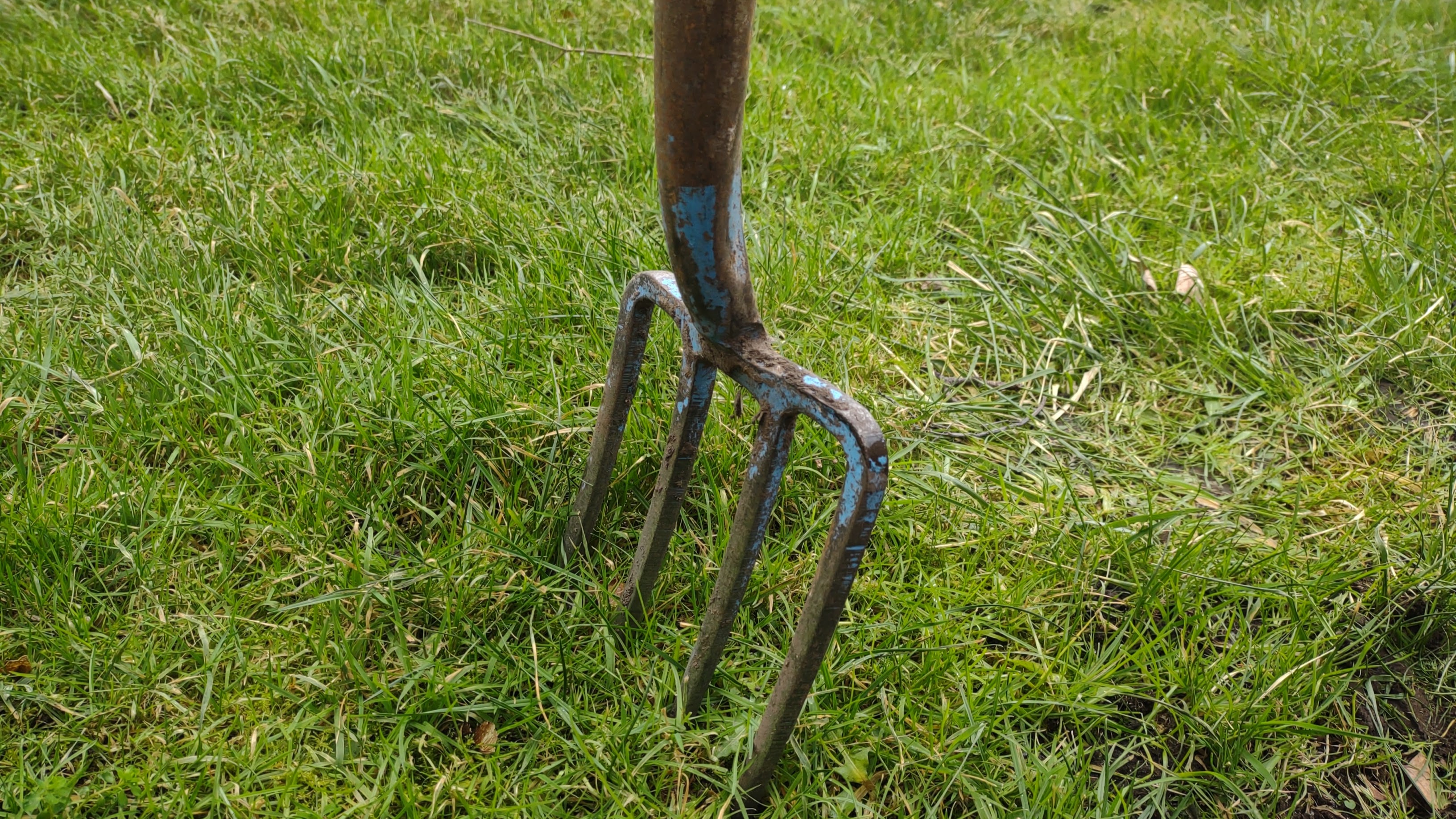
Depending on how long the snowy weather is going to continue, this could be your final chance for several weeks to accomplish some useful lawncare tasks, such as aerating.
“Aerating the soil helps improve water and nutrient penetration, especially in areas with compacted soil,” says Martin.
Aeration simply means making holes in the lawn. Various types of tool can be used for the task, from manual spike aerator tools to electric aerators. I like to use my grandfather’s old garden fork to aerate my small-to-medium-sized lawn.
Discover how to aerate your lawn to keep your soil at its best.
4. Fertilize the lawn
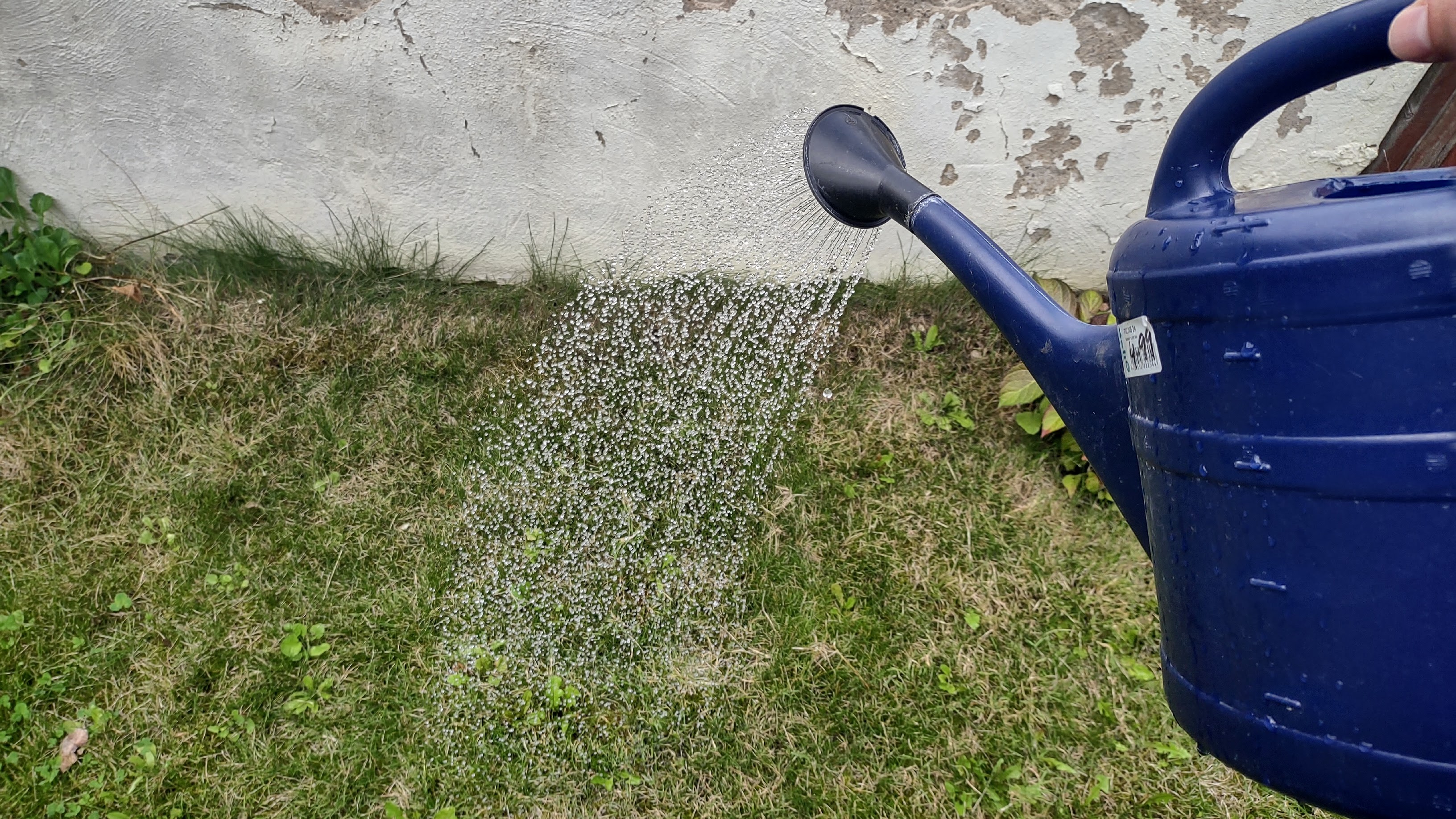
Another lawn maintenance task you can complete before snow settles is fertilization. This means spreading over materials that improve lawn health.
“Apply a winter fertilizer with a lower nitrogen content but higher levels of potassium and phosphorus,” says Martin.
“This helps promote root growth and overall winter hardiness.”
Remember to water the lawn after sprinkling over fertilizer, as this helps the added nutrients reach the roots of the grass.
5. Consider overseeding
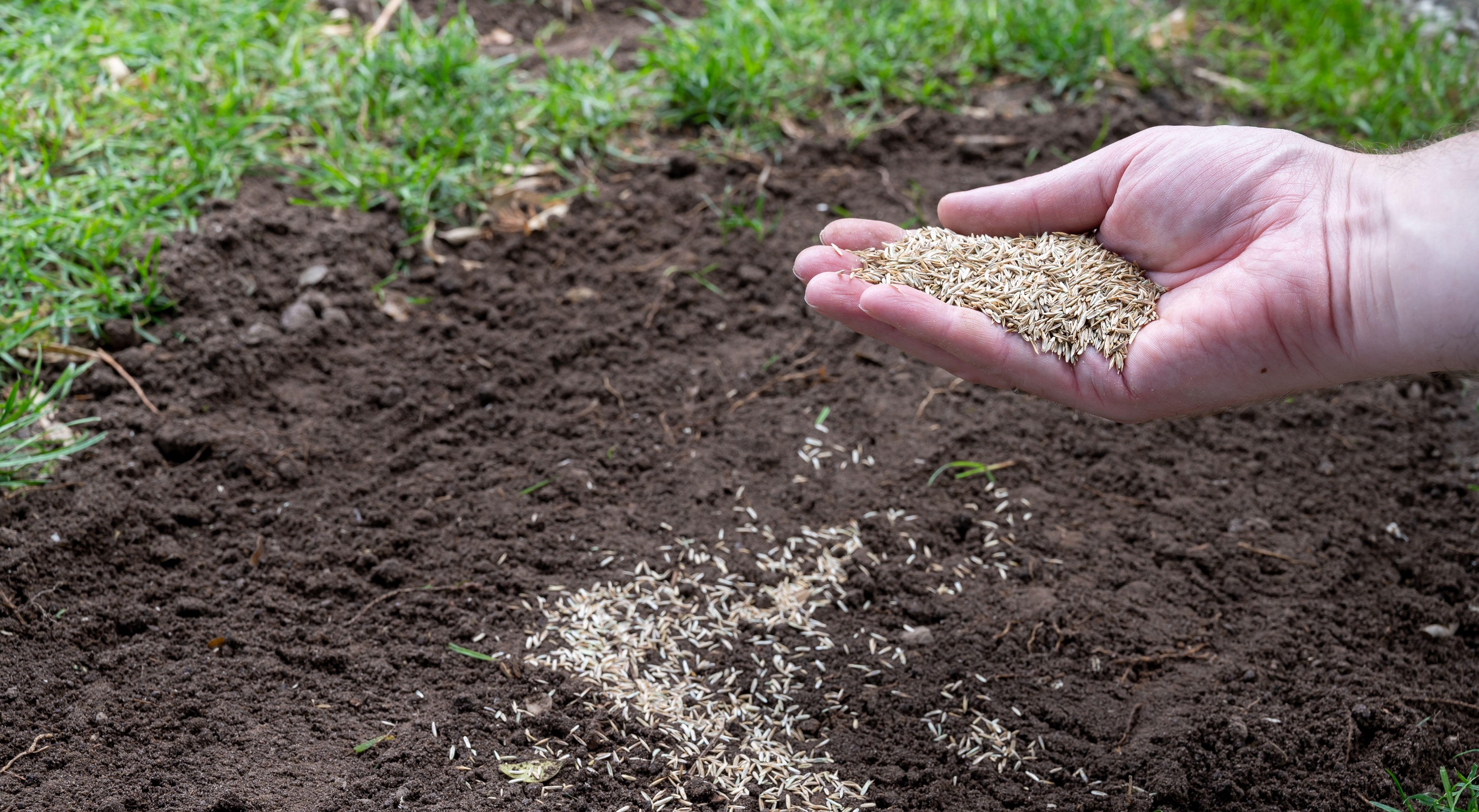
If you’d like to have a denser lawn when spring comes around, then the days or weeks before snow could prove to be a surprisingly good time for overseeding.
“It can help fill in thin or bare areas, and improves the overall density of the grass,” says Martin. He advises using Ryobi’s 18V ONE+ 1 Gallon Power Spreader to get the job done quickly and uniformly.
Overseeding before snow falls is an example of ‘dormant seeding’, as the seeds won’t actually germinate while temperatures are very cold. However, spending that time under the snow can help ensure the seeds are nicely in contact with the soil, ready for successful growth in warmer weather.
For further advice, we have guides on how to overseed a lawn and how to sow grass seed in winter.
6. Avoid dense buildup of snow on the lawn

When snow falls naturally onto a lawn, this tends to have more benefits for a lawn than it has negative effects. A thin or moderately thick blanket of snow often improves lawn health, as it can protect the grass against very cold winter temperatures and strong winds.
However, very dense patches of snow can bring an elevated risk of snow mold (fusarium patch), a fungal disease that can affect grasses after snow thaws.
To reduce the risk of snow mold forming, you should avoid creating artificially compacted areas of snow on your lawn. For instance, refrain from shoveling snow from footpaths onto the lawn, if possible.
Also, if you’re gonna build a snowman, it’s best to build one on a patio or another hard surface in the yard.
With that said, it’s better to build a snowman on the grass, than not to build one at all! Some things are more important than lawns.
FAQs: How to prepare the lawn for snow
Is snow harmful to lawn grasses?
Snow is not, in itself, harmful to grass. However, in some cases, snow coverage of a lawn may promote the development of snow mold (fusarium patch), which is a fungal disease that can damage or kill grass.
Snow mold is most likely to occur when grass is left long before winter weather, or when snow is thick and compacted.
Does snow have any benefits for lawn grasses?
A thin or moderately thick layer of snow can provide benefit to a lawn, by creating a barrier between the grass and very cold air tempertures or stong winds that may occur while the snow is settled.
This benefit is outweighed by negative effects if the snow becomes compacted – for example, through trampling or shoveling.
What is snow mold?
Snow mold is the common name for fusarium patch, a grass disease caused by a fungus called Microdochium nivale.
The disease can cause patches of yellow or brown, dying or dead grass to appear on the lawn, which can steadily increase in size if the disease is not controlled. Snow mold is often noticed after snow thaws, hence the name. However, snow mold can occur throughout the year.

Pete has reviewed hundreds of gardening products for titles including TopTenReviews, Ideal Home and the London Evening Standard, as well as writing articles on diverse topics for other publications such as The Guardian and BBC Good Food. Pete loves spending time in his yard – although, having just read The Day of the Triffids by John Wyndham, he is regarding his plants with a newfound suspicion.
